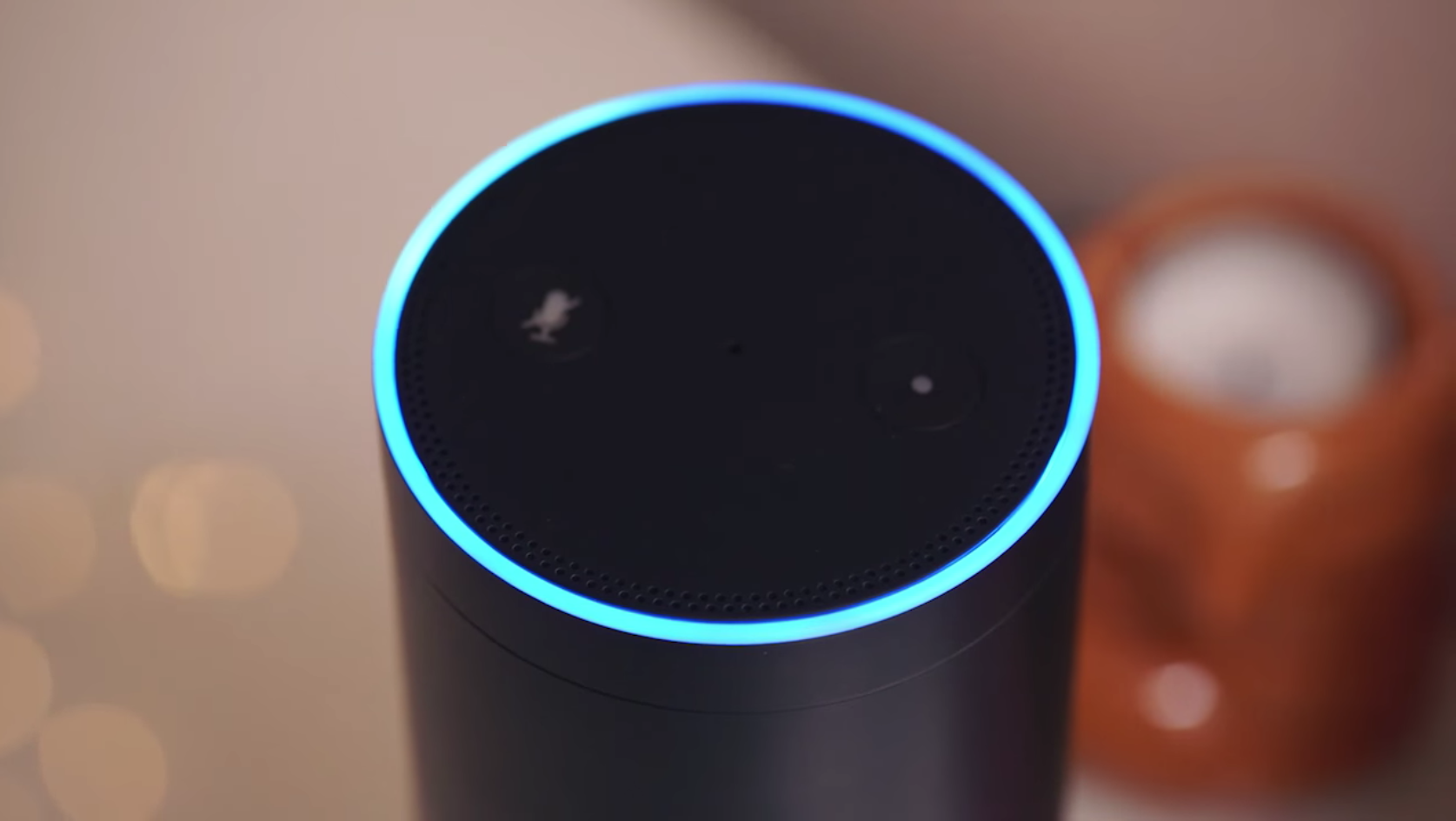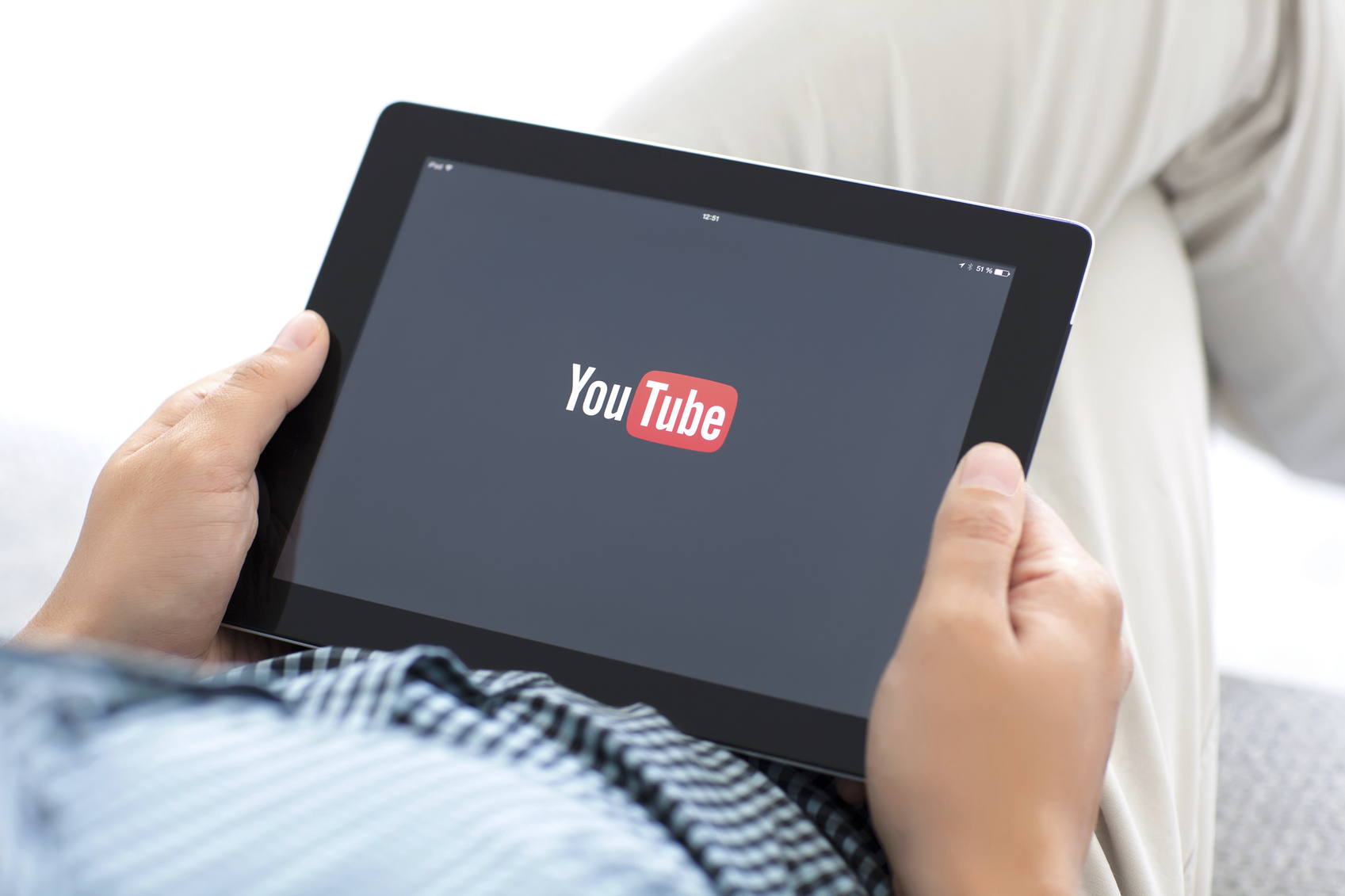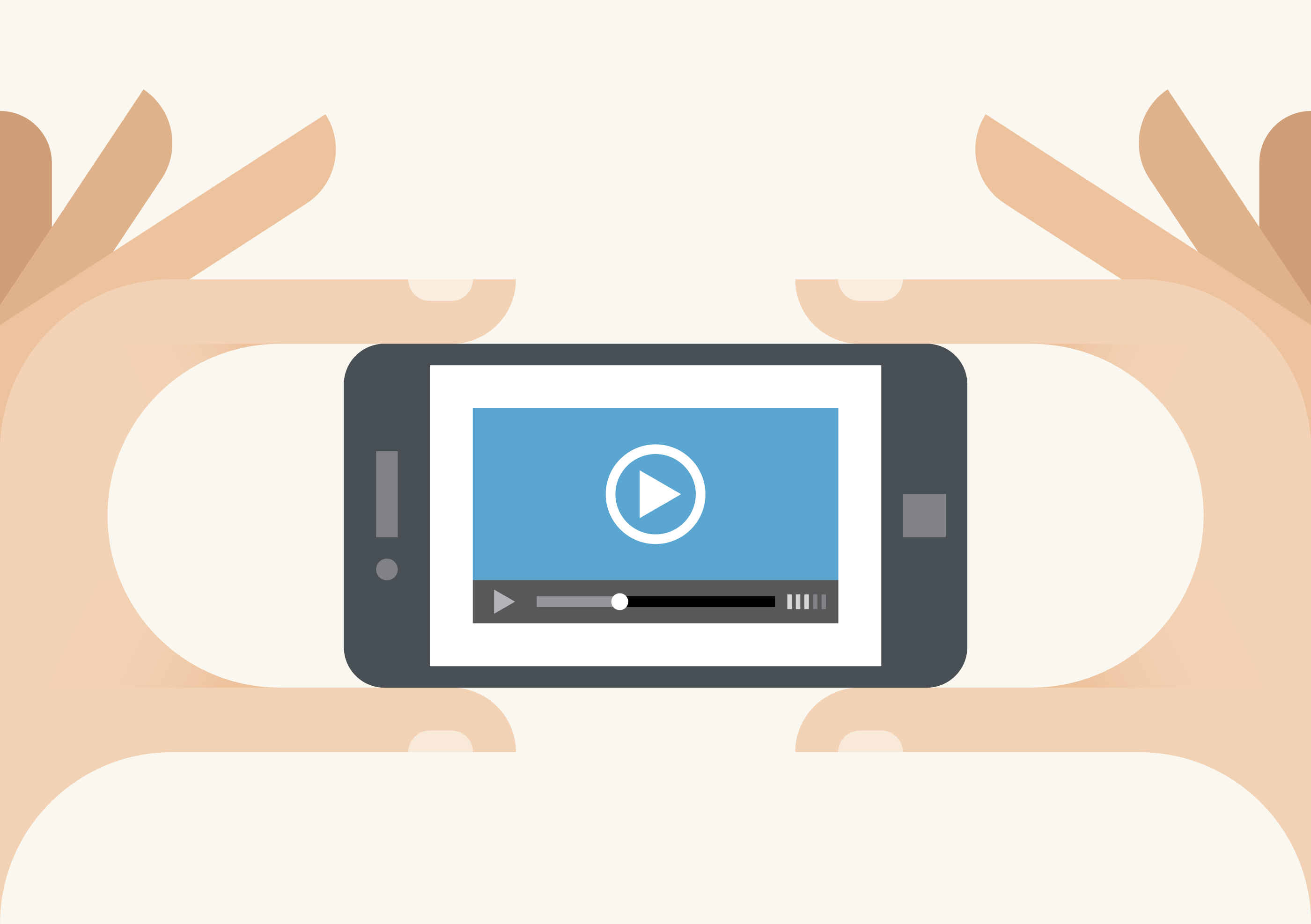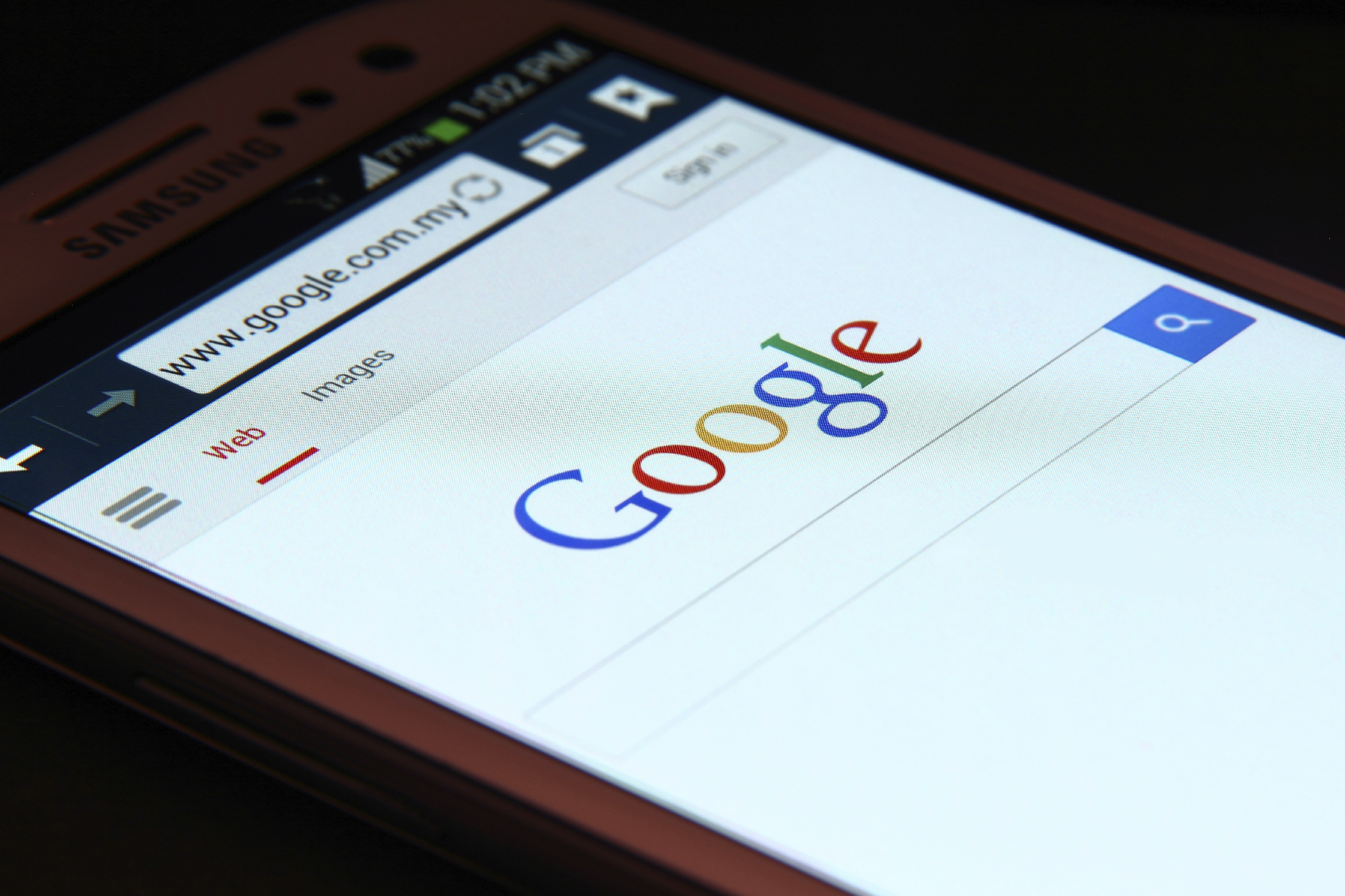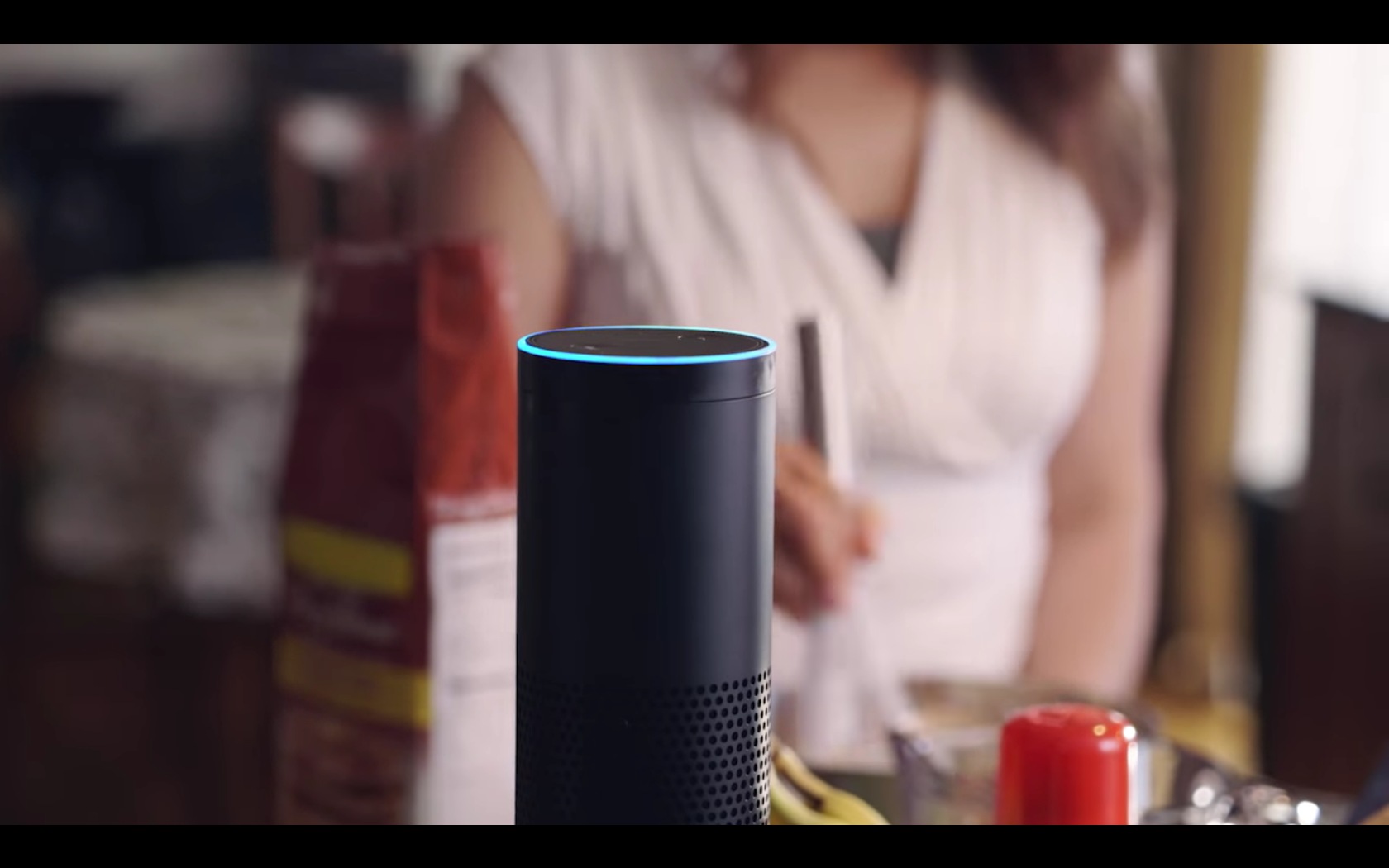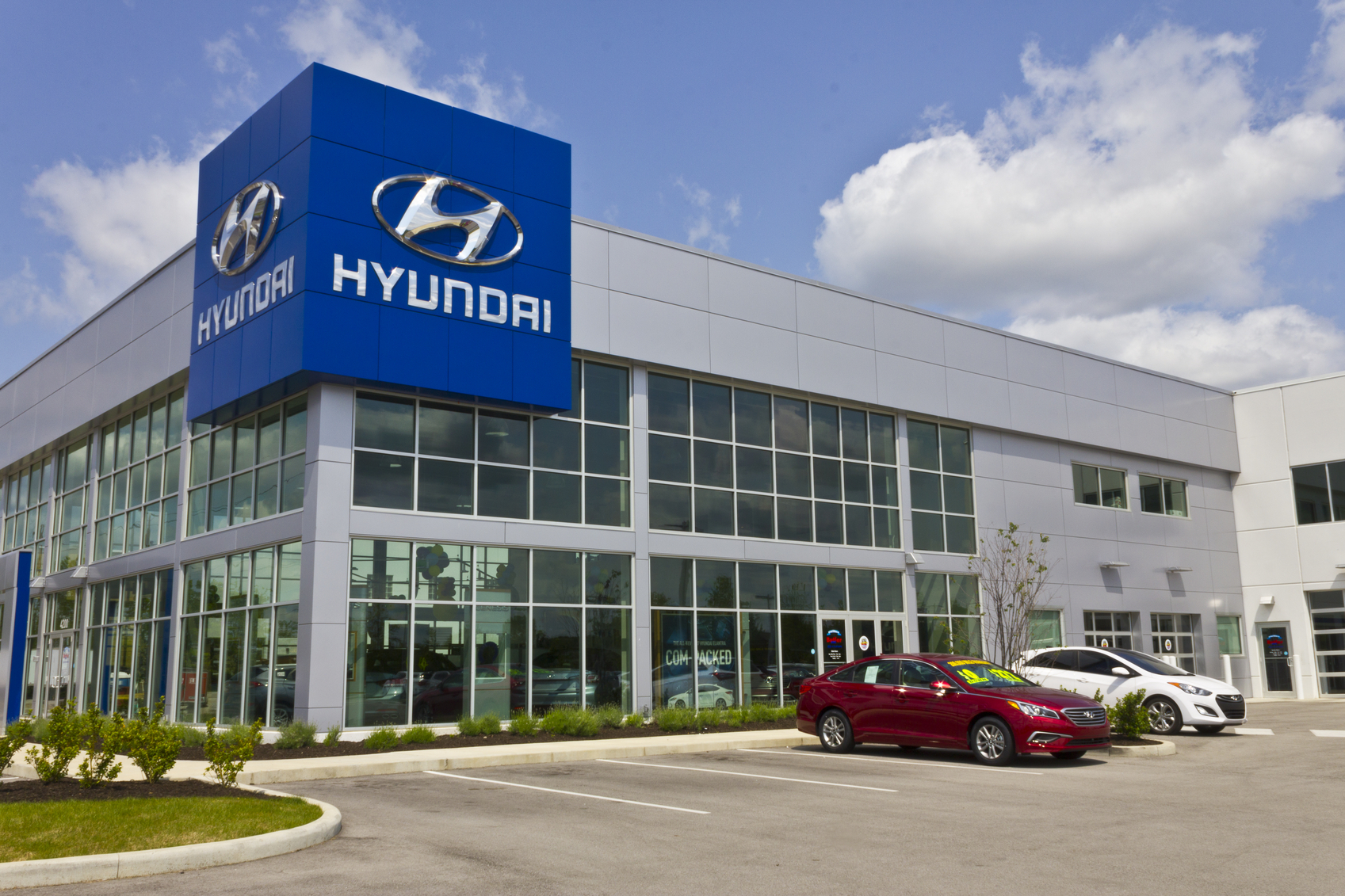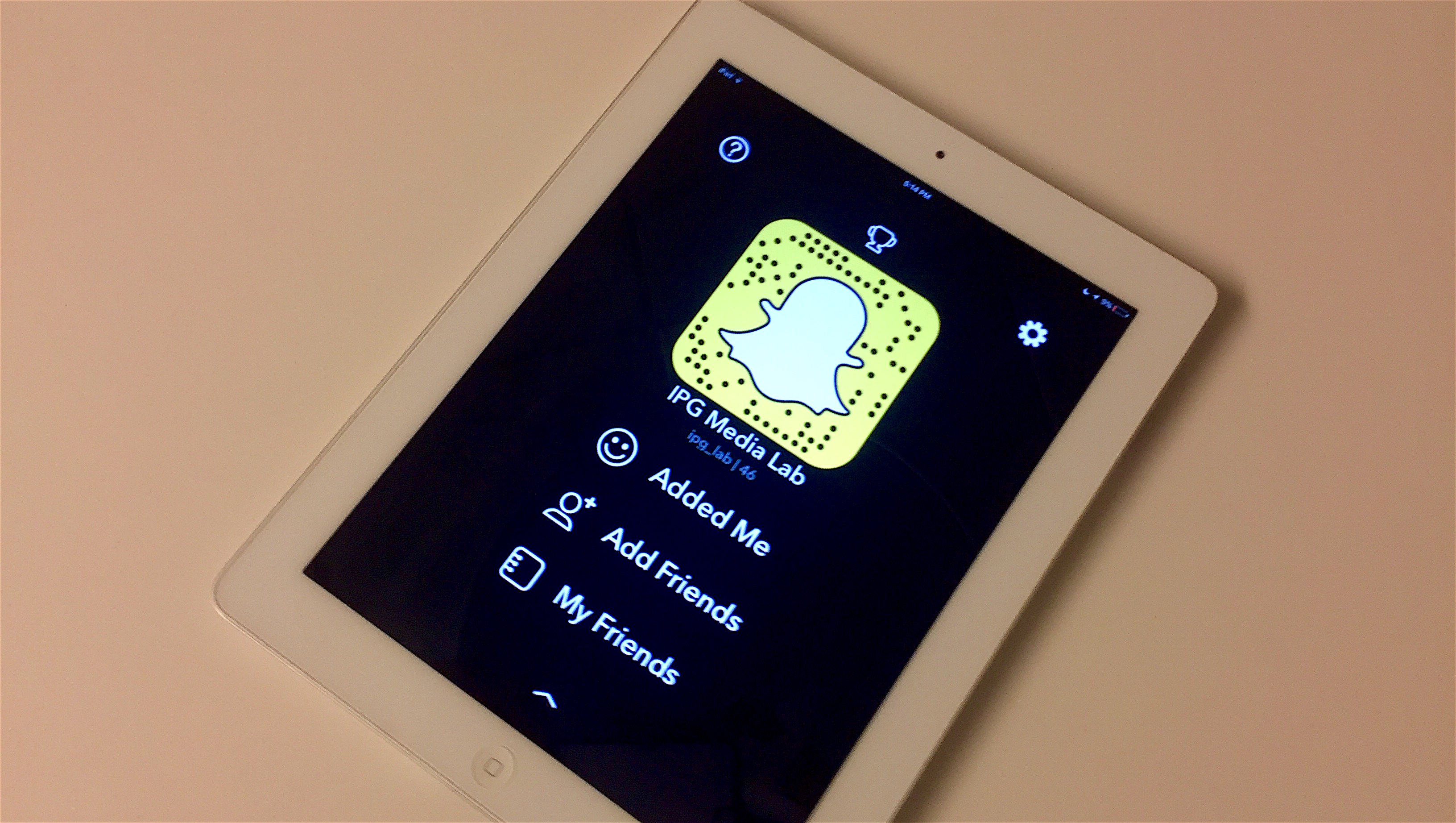What Happened
Tumblr is built around the idea of bringing strangers together on the basis of shared interests. So it is a bit surprising to see the Yahoo-owned social network to come out with video chat app designed for bringing real-life friends together. This new app named Cabana enables a group video chat of up to six people at the same time to watch YouTube videos. After joining a Cabana chat, anyone in the room will be able to browse through YouTube and select a video, which will start playing for everyone in the group chat. There is no direct link to Tumblr at the moment in the Cabana app, which launches on iOS today in the United States and will come to Android in a few weeks.
What Brands Need To Do
This new Cabana app, along with the Houseparty app created by the team behind Meerkat, is ushering a new casual mode for online video chats. Both apps are designed for facilitating group chats and allow users to jump in and out of chats with ease, replacing the comparatively formal, one-on-one Facetime sessions with an interaction that is more spontaneous and closer to a two-way live streaming experience.
There is currently no ad products available on either of those two apps, and few brands have explored them to reach their young-skewing users. But if this type of casual video chat apps starts to take off, brands may consider adapting to this new mode of live interactions by taking a more of-the-moments approach and hosting their own YouTube viewing parties for either branded content or sponsored influencer content.
Source: The Verge
Header image courtesy of Cabana App in iTunes Store


